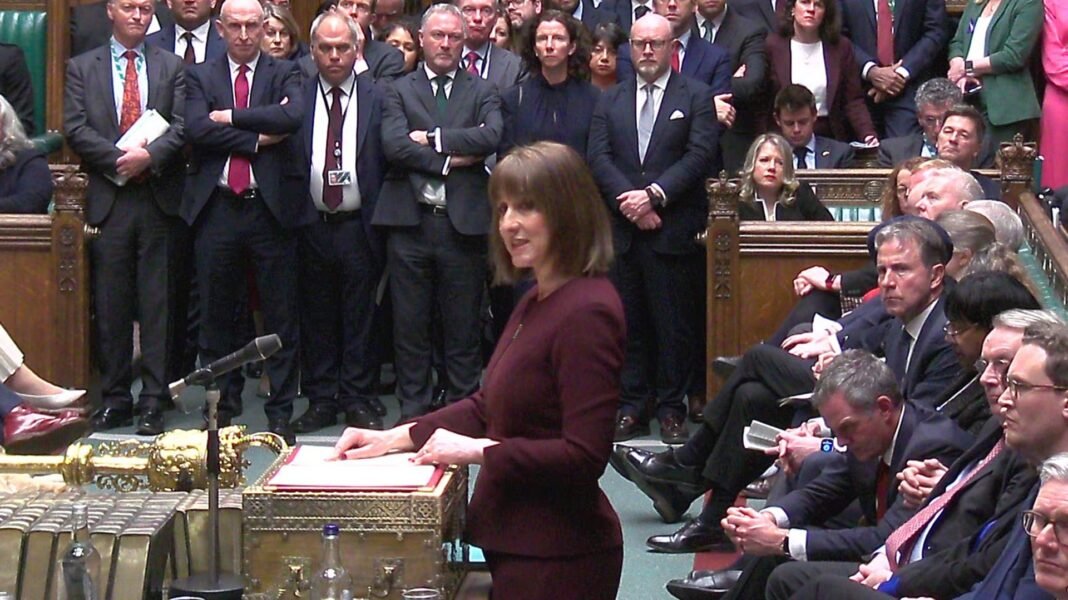The Office for Budget Responsibility (OBR) has released its latest economic forecasts as the government outlines new spending plans. Here are the key points:
Welfare Changes
- The health-related universal credit for new claimants, previously set to drop from £97 to £50 per week from April 2026, will now remain below inflation until after 2030.
- Individuals under 22 will no longer be eligible for the health-related component of universal credit.
- For current claimants, health-related payments will stay frozen at £97 per week until 2030, with an additional top-up available for those with the most severe conditions.
- The standard universal credit allowance will rise by £14 per week by 2030, slightly less than the £15 increase announced last week.
- Stricter eligibility criteria for Personal Independence Payments (PIP) will come into effect from November 2026.
Economic Outlook
- The OBR has revised this year’s growth forecast down from 2% to 1% but predicts higher growth for the following years—1.9% in 2026, 1.8% in 2027, and 1.7% in 2028.
- By the end of the forecast period, the economy is expected to be larger than previously estimated in October’s Budget.
- Inflation is projected to average 3.2% in 2025 before falling to 2.1% in 2026 and hitting the government’s 2% target by 2027.
Housing & Construction
- Reforms to England’s planning system, introduced last year, are expected to lead to an additional 170,000 new homes over five years.
- These changes could contribute to a 0.2% increase in GDP by 2030 and 0.4% by 2035.
- The government has allocated £625m over four years to enhance training programs for construction workers.
Public Spending & Budget Rules
- Without intervention, the government was on track to miss its fiscal rule requiring taxes to cover day-to-day spending by 2030 by £4.1bn.
- However, spending cuts and additional tax revenues from planning changes will provide a £9.9bn buffer, reversing the impact of rising debt costs.
- The probability of meeting this fiscal rule has increased to 54%, up from 51% in October, while the likelihood of reducing public debt remains at 51%.
Defence & Foreign Aid
- Defence spending, originally set to increase by £2.9bn next year, will now rise by an additional £2.2bn.
- This increase will take military spending to 2.36% of national income, as part of a broader plan to reach 2.5% by 2027.
- The rise in defence spending will be partially funded by reducing overseas aid from 0.5% to 0.3% of gross national income by 2027.
Public Sector & Government Efficiency
- Government spending will be reduced by £6.1bn annually by 2030.
- The growth rate for public sector spending, after adjusting for inflation, will be limited to 1.2% from 2026 instead of the previously planned 1.3%.
- Around 10,000 civil service positions—particularly in HR, policy, communications, and office management—are expected to be cut.
Other Notable Announcements
- An additional 400 HMRC staff will be recruited to tackle tax evasion, targeting wealthy individuals with offshore holdings—expected to recover £500m over five years.
- A new tax avoidance scheme, inspired by US practices, will offer financial rewards to whistleblowers who report tax dodgers.
For more political updates, visit London Pulse News.


